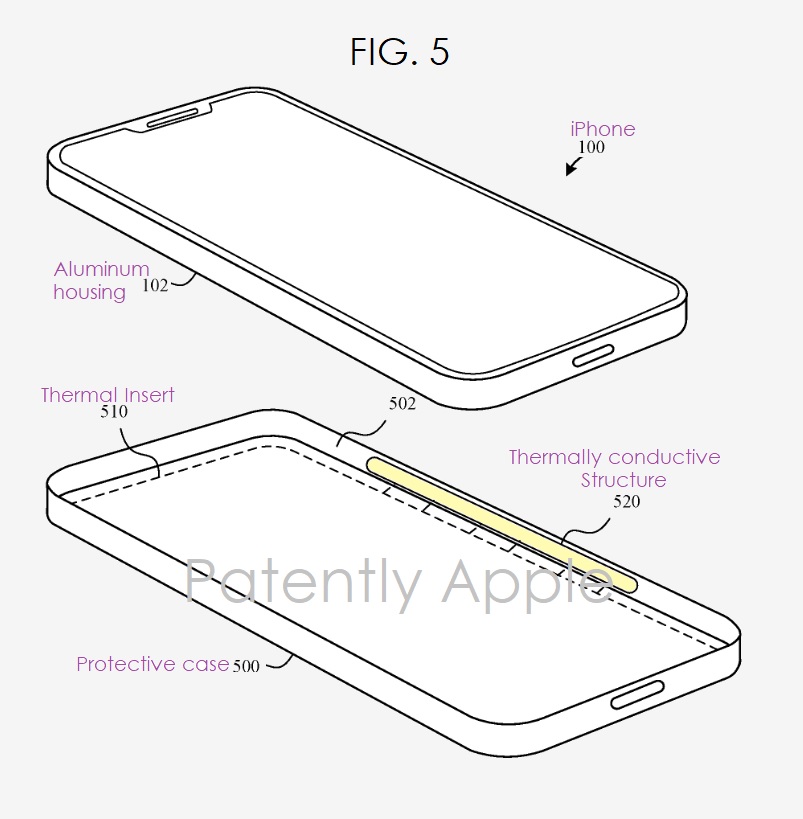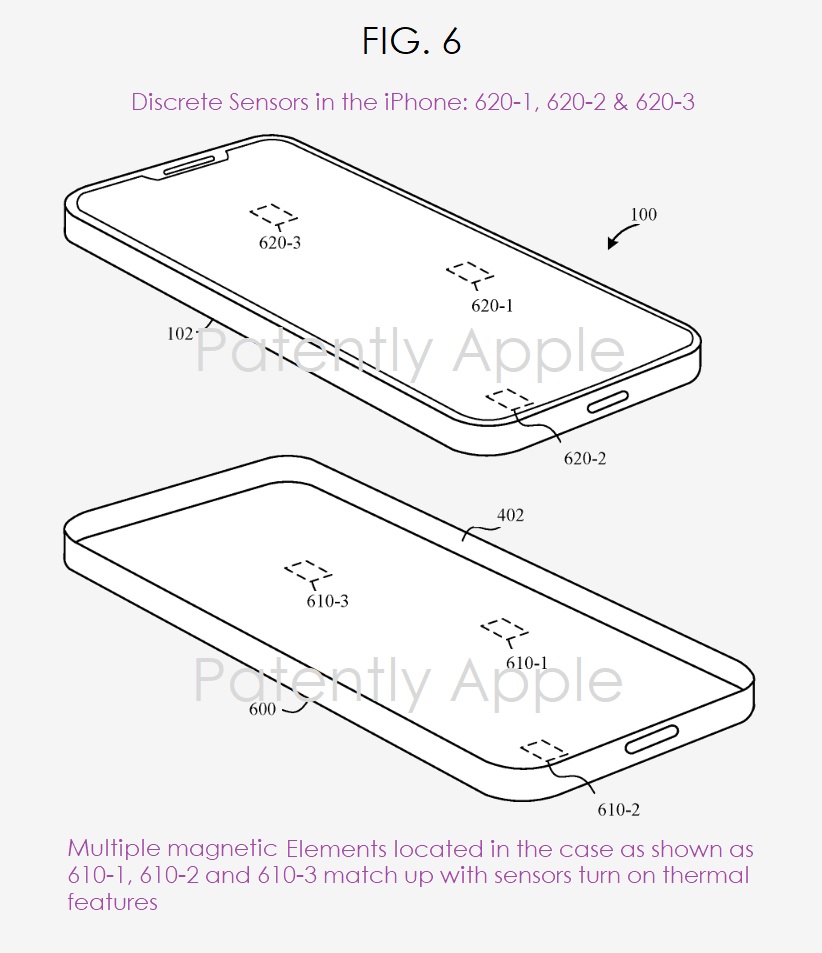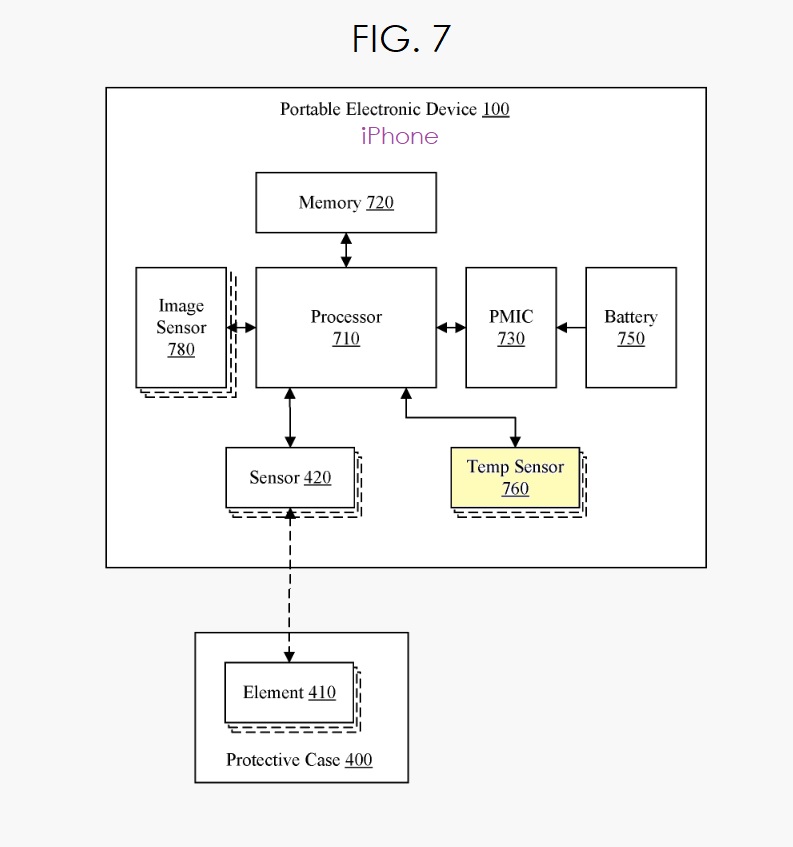Technological progress does not only happen in the main hardware, i.e. the device itself. Manufacturers are also innovating their accessories, such as covers. E.g. the Samsung Galaxy S21 Ultra contains an S Pen, while the Apple covers have MagSafe. But his patents speak of many other uses.
Smart flip case for iPhone with Apple Pencil support
In the patent 11,112,915, which Apple filed in Q2020 2021 and which was approved in September XNUMX, states that "touch sensor control circuits may be used to determine the location or locations of a user's finger or fingers or a touch stylus on a touch display." .
Apple further states here that the case may include a hinge and, if desired, have a credit card pocket that would be contained on the inside of the case cover. In some configurations, the housing may include one or more magnets that are sensed by one or more magnetic sensors in the electronic device. Other electronic devices may also use a proximity sensor to monitor whether the cover is closed or open.
It could be interest you

iPhone cooling cover
As iPhones get bigger and more and more components are added to them, it's very likely that they will also get hotter and hotter. Apple claims that excessive heat could lead to the failure of the components themselves, such as melting solder joints or failure of metal structures inside the integrated circuit. Even if the temperature doesn't rise enough to cause said damage, the device itself could be uncomfortable to handle, degrading the user experience. However, Apple has invented another kind of smart iPhone case that will help keep the phone cooler inside and out.
Patent granted to the company refers to a case that could be made of silicone, rubber, plastic, metal, or a composite structure that surrounds one or more sides of the iPhone and includes a means to detect when the case itself is on. Thus, the iPhone can be configured to detect the presence of the case and adjust the operating parameters of the iPhone in response to detecting the presence of the case. Operating parameters include a thermal threshold associated with a temperature sensor contained in a portable electronic device.
In some embodiments, the sensor is a thermistor located near the side wall of the portable electronic device housing. The thermistor then generates a signal that is used to determine the operating temperature of a specific component in its vicinity. In other embodiments, the sensor is built into an integrated circuit. The processor can also be implemented in an integrated circuit, when the sensor generates a signal that is used by the processor to determine the operating temperature of the integrated circuit. The patent then depicts a protective case for the iPhone that includes a thermal insert capable of acting as a heat sink and/or heat spreader, as well as a thermally conductive structure in contact with one or more surfaces of the case.
It could be interest you

Use of active electromechanical materials
Portable electronic devices can be made of a variety of materials, including glass, aluminum, stainless steel, and the like. These portable electronic devices are often used with protective cases to protect them from shock caused by falling. Although recent technological advances have led manufacturers of protective cases to use different materials to protect their devices, these are not enough to fully protect portable electronic devices in various circumstances.
Today's protective cases use passive materials such as plastic, leather, etc. However, passive materials have limited ability to fully protect these portable electronic devices under various circumstances. They are characterized in particular by having a static damping coefficient. As a result, if the protective case is subjected to an impact that exceeds a certain limit force, then passive materials are not enough to protect. Therefore, it is necessary to use active materials that are able to adapt to these different circumstances.
It could be interest you
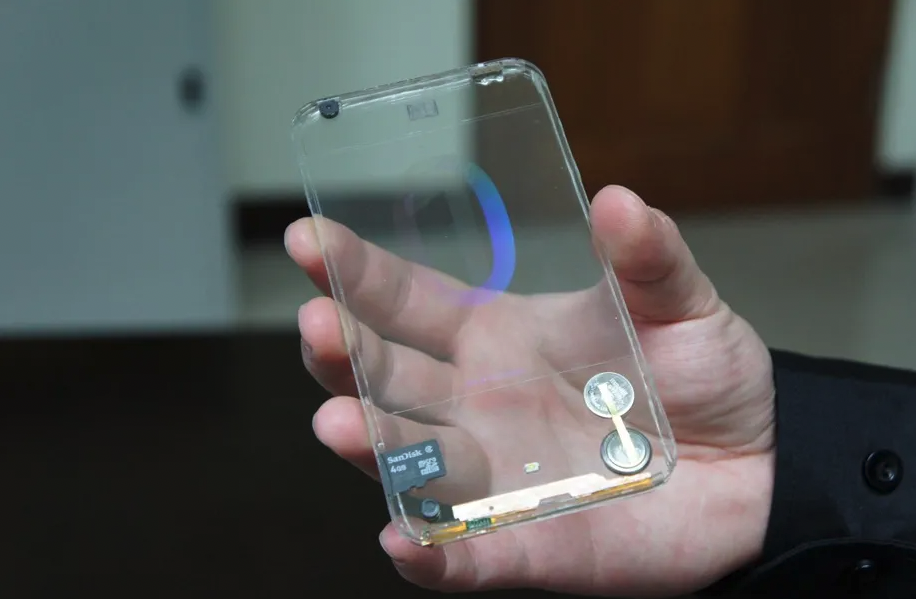
Patent granted Apple's report thus describes that next-generation cases could use active electromechanical materials that can be used as seals or gaskets while preventing or minimizing the ingress of moisture into the device. Active electromechanical materials can be used in particular to adjust the amount of damping (eg damping coefficient, etc.) needed to adequately protect these portable electronic devices. Thus, when the active electromechanical material is exposed to an external stimulus (eg electric field, magnetic field, etc.), then the active electromechanical material is activated. Subsequently, its stiffness or viscosity changes automatically.
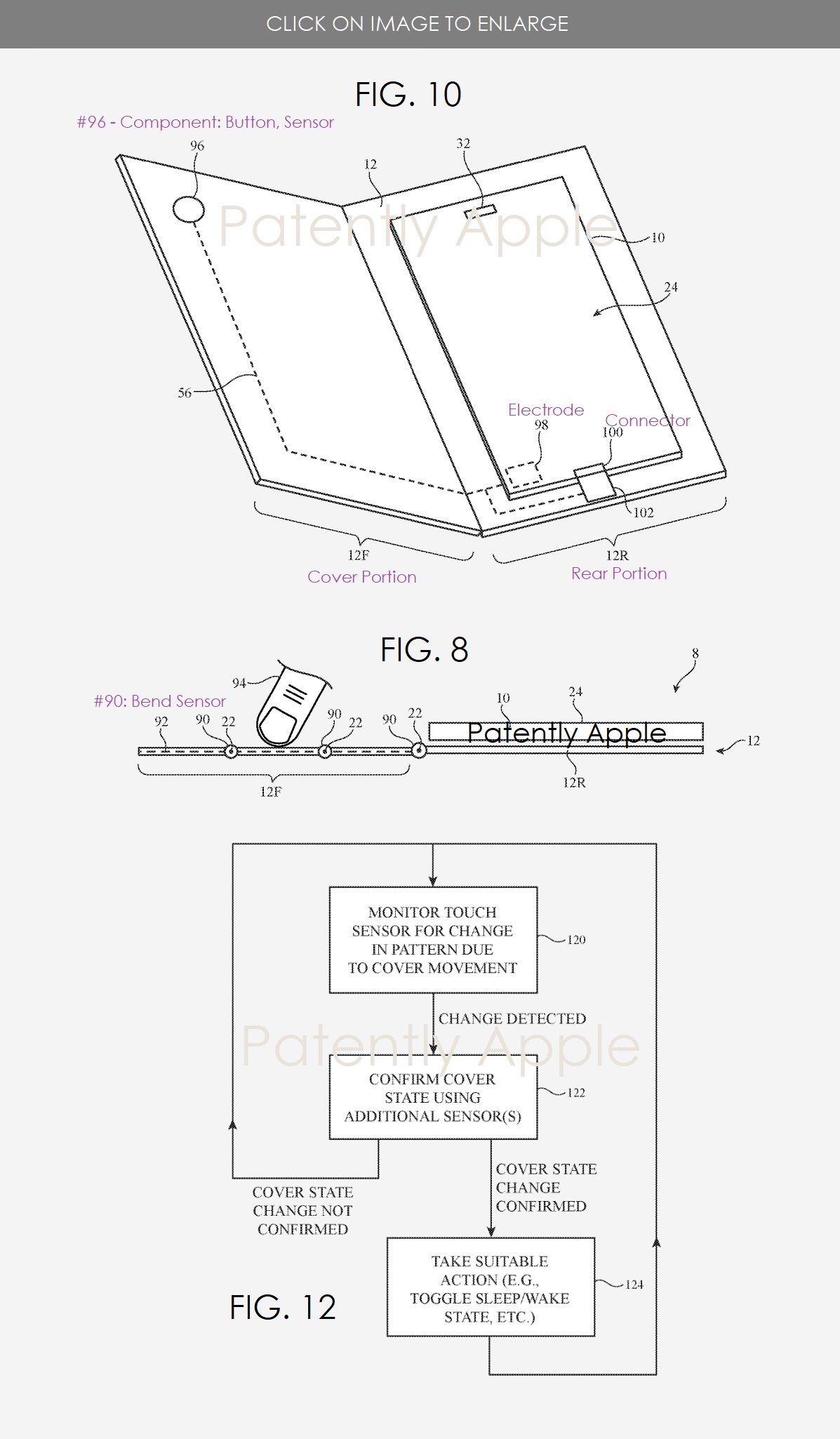
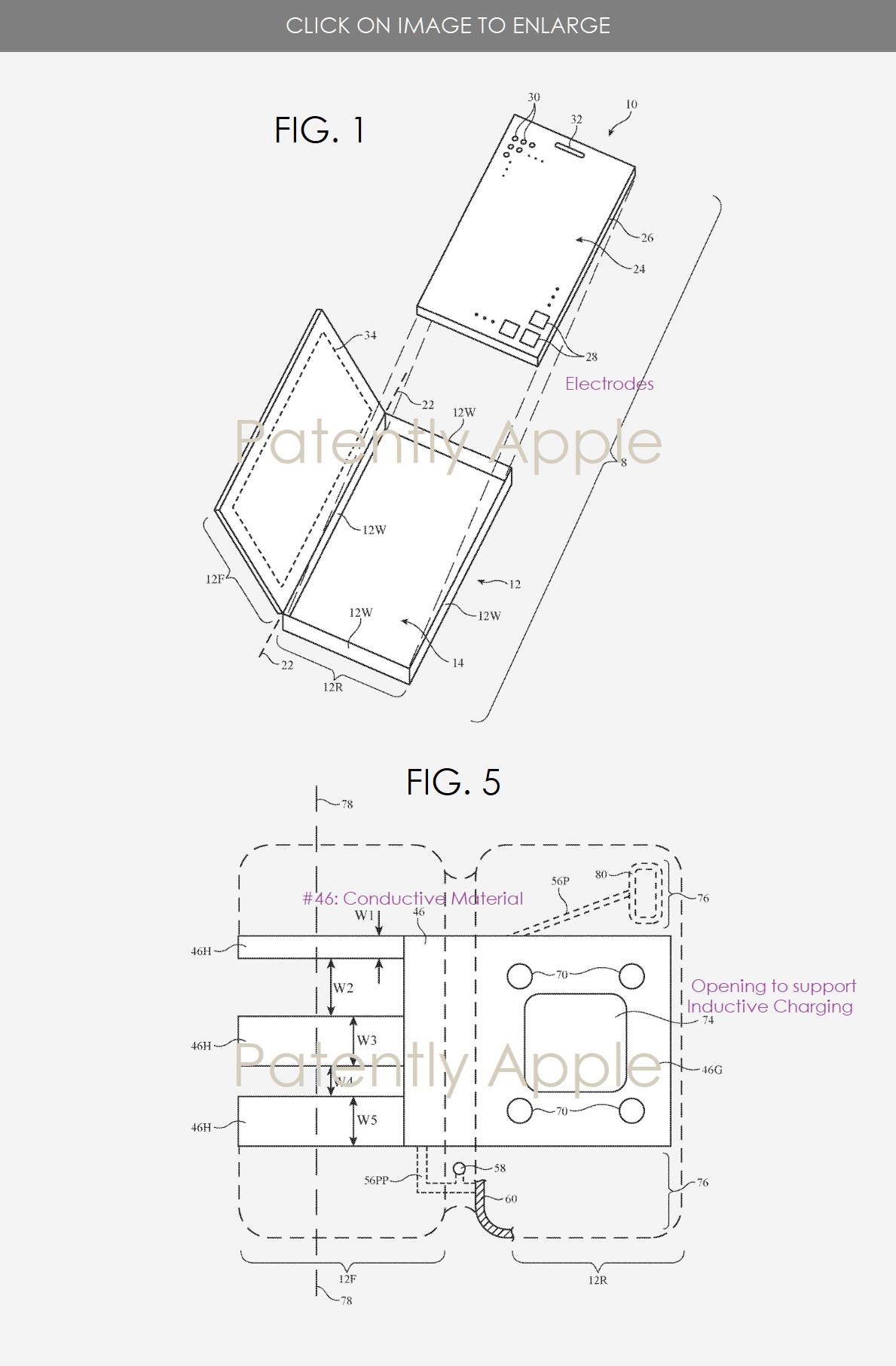
 Adam Kos
Adam Kos 